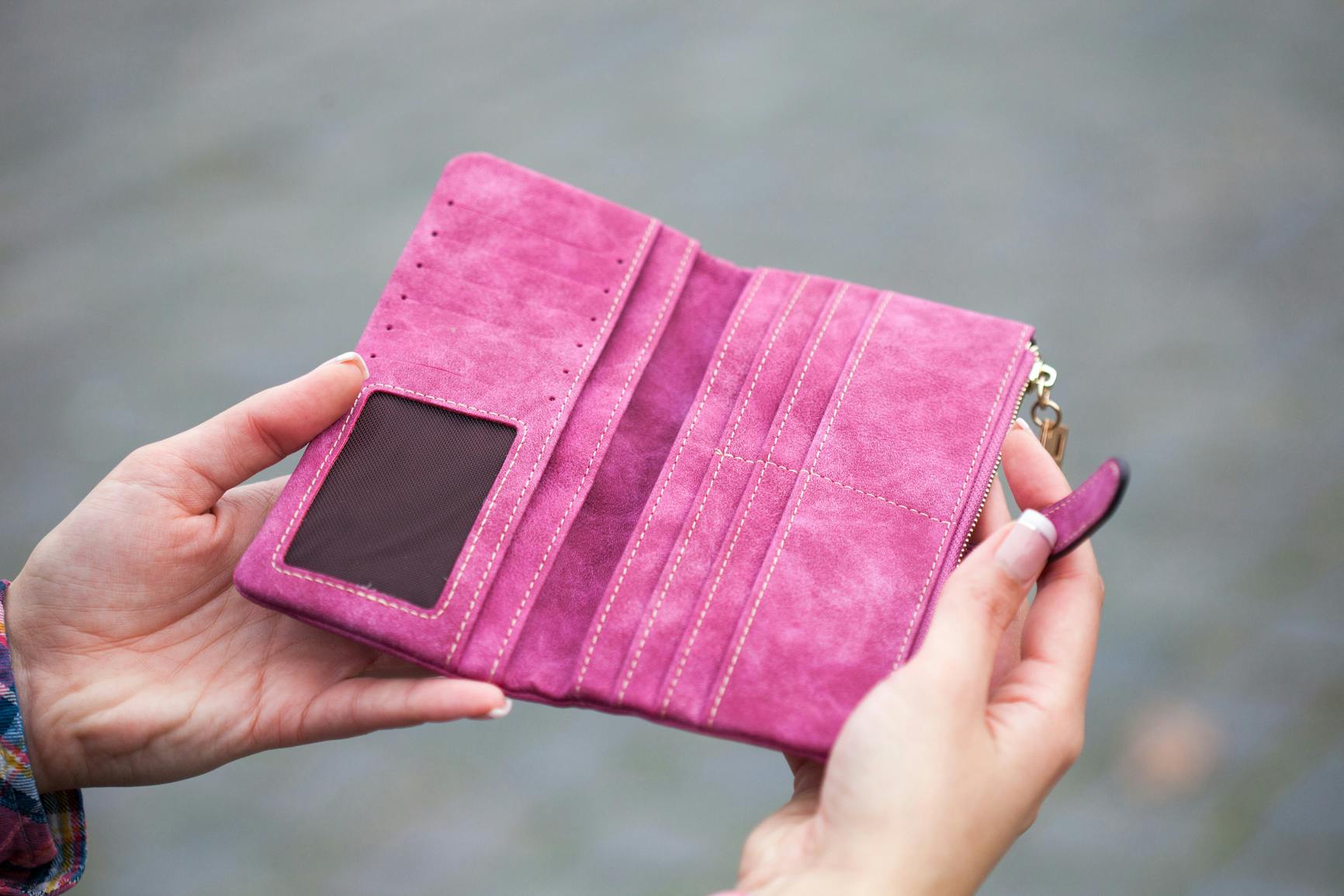In the 1930s, science fiction writer Stanley Weinbaum introduced the idea of a pair of goggles (Pygmalion goggles) that allowed the wearer to experience a fictional world.
Fast forward to 1987, Jaron Lanier popularized the term “virtual reality.” He founded VPL, a company that developed and sold virtual reality goggles and gloves.
Fast forward again to 2016, we are now at the beginning of a whole new era in VR. Finally, technological developments have enabled developers to create mind-blowing immersive experiences that will revolutionize gaming and entertainment. The technology has also become affordable enough to be accepted by the mainstream.
The most popular VR headsets (also known as HMDs or Head Mounted Displays) on the market today are the Samsung Gear VR, Oculus Rift, and HTC Vive. The Samsung Gear VR launched in November 2015, the Oculus Rift in March 2016, and this was closely followed by the HTC Vive in the following month.
Oculus Rift is clearly the leader in the high-end VR headset segment right now, followed by HTC Vive. Both the Rift and Vive are light years ahead of the Gear VR, which doesn’t fall into the high-end category.
Palmer Luckey was a teenager who played virtual reality as a hobby. In 2012, before his 21st birthday, he formed Oculus VR and launched his Kickstarter campaign for virtual reality headsets. He reaches a million dollars in 3 days. Two years later, he popped up on Facebook and snapped up Oculus VR for a whopping $2 billion.
The Oculus Rift is the go-to option for serious VR enthusiasts. With Rift, you need a powerful gaming PC for a great VR experience. At $599, it’s a little pricey, but for the high-end performance and out-of-this-world experience, it’s well worth it.
The HTC Vive is the Steam VR headset made in collaboration with Valve, the creators of the legendary Half Life series of games. Similarly, the Vive requires a powerful gaming PC to run and has a similar resolution to the Rift. The HTC Vive scored in its follow-up to the Lighthouse room that lets you move around with the headset on for a more immersive experience. However, it costs $200 more than the Oculus Rift.
Computers that don’t meet the Rift and Vive’s recommended specs can still run some VR games. But to get a good VR experience, expect to spend around $1,000 if you’re buying a new desktop and maybe a little less if you buy a headset and PC bundle.
Oculus and Samsung collaborated to develop the Samsung Gear VR as a light version of the Rift. The Gear VR is simply a case that a compatible Samsung Galaxy smartphone sits in front of the lenses. Pictures are a bit grainy, but at $99, what more could you ask for?
Then there’s the next Sony PlayStation VR release scheduled for October 2016 in time for Christmas. PS VR also has room to grow. It is designed as an accessory for the PS4 console and does not require a PC for operation.
Things are heating up and 2016 is set to be an exciting year for VR enthusiasts.
